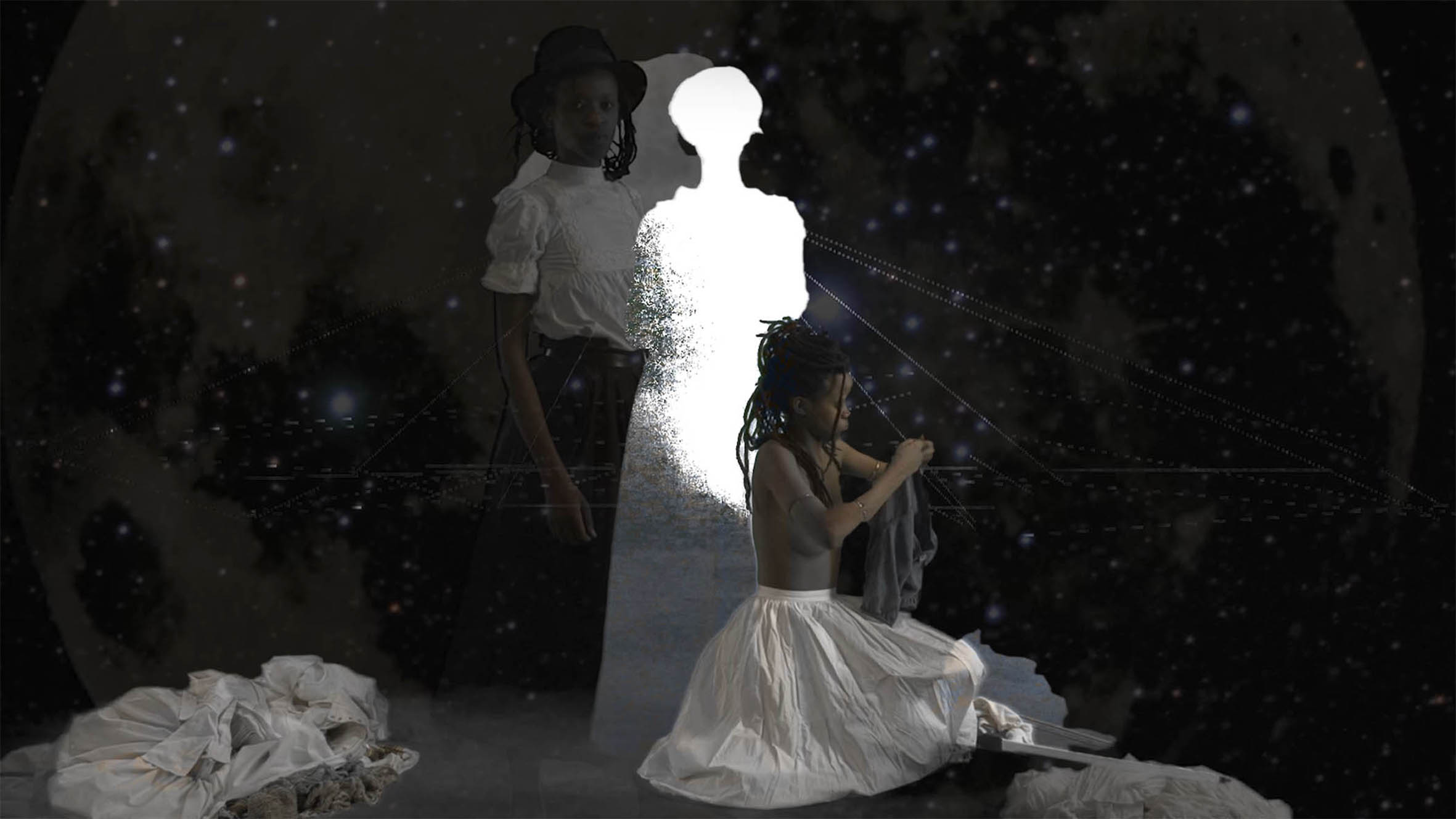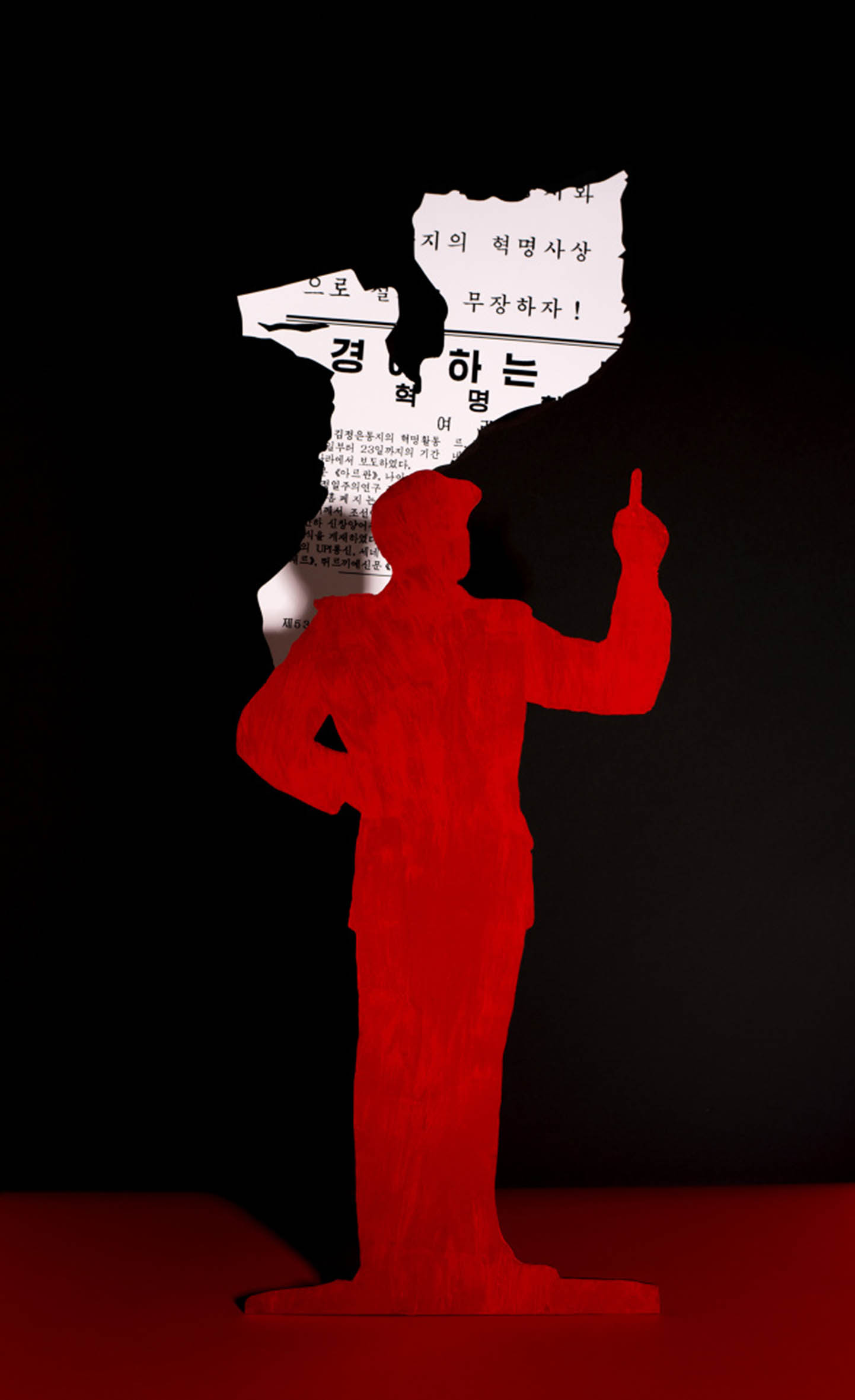From Malala Andrialavidrazana's body of work Figures
Somewhere between the phrases “Africa, your time is now” and “the Dark Continent” lie stories of nuance and complexity. How do we start to tell these stories in voices that defy both Afro-optimism or Afro-pessimism? As a kind of voice, photography is often a medium for projecting moments rooted in emotion that communicate meaning beyond binaries.
This work permeates gatherings such as the LagosPhoto Festival, theninth edition of which takes place from October 27 to November 15.
This year, the festival is curated by Eva Barois de Caevel, Wunika Mukan, Charlotte Langhorst and Valentine Umansky, with the theme Time Has Gone, bringing a sense of bittersweet nostalgia.
Time Has Gone explores the configurations by which the past, the present and the future interact.
The hope is for time to be approached from different angles, highlighting matters of momentum, documentation and preservation, taking into consideration the intimacy of stories, as well as the breadth of the concept of time itself.
The LagosPhoto Festival allows us the opportunity to meditate on our relationship with linear narratives of time, as well as the positionality of objects and subjects in these stories. How do we discern differences between art as a form of activism, a form of documentation of our collective consciousness or as personal archives, and how do these possibilities allow us to bargain with photography in relation to our ethics and morals across time?
Each time a portrait is made, a story is created. This makes it important to have myriad subject matters explored by a multitude of artists. The hope is that, with more diverse stories told through the lens of those closest to their own experiences, the exploitation of narratives will fall out of language.
In an attempt to bring a multiplicity of voices and stories, this year the LagosPhoto Festival brings together 22 photographers from 18 countries, each forming an individual melody that harmonise with the others.

Kitso Lynn Lelliott’s (Botswana) work is one of nearly 20 photographers from around the world included in this year’s festival
The photographers are: Malala Andrialavidrazana (Madagascar/ France), Emmanuelle Andrianjafy (Madagascar), Ismaïl Bahri (Tunisia/ France), Sandra Brewster (Canada/ Guyana), Kwena Chokoe (South-Africa/ Myanmar), Crazinis T (Ghana/T ogo), Adji Dieye (Italy/ Senegal), Ndidi Dike (Nigeria), Michele Pearson Clarke (Canada/ Trinidad), Mary Evans (United Kingdom/ Nigeria), Abosede George (Nigeria/ United States), Mathilde ter Heijne (Holland/ Germany), Amanda Iheme (Nigeria), Alfredo Jaar (Chile), Cassandra Klos (US), Kitso Lynn Lelliott (Botswana), Amina Menia (Algeria), Emo de Medeiros (Benin), Karl Ohiri (UK/ Nigeria), Olu Olatunde (Nigeria), Chibuike Uzoma (Nigeria), Charlotte Yonga (France/ Cameroon) and Sethembile Msezane (South Africa).
Azu Nwagbogu, the chief curator of the Zeitz Museum of Contemporary Art Africa in Cape Town and founder of the LagosPhoto Festival, describes photography as “the definitive medium of our time”. Photography is a powerful medium for visual storytelling, communicating the depth of emotion that is created by manipulating light and darkness. It remains a powerful medium for Africans looking for opportunities to create, self-represent and self-empower.

Red Fever (2018) by Adji Dieye from Italy/ Senegal
Through this medium, photographers are better able to capture the fabric and rhythm of the
cities,towns and villages they come from.
With this potential to articulate reality comes possibilities of distortion and perversion, thereby putting a greater responsibility on viewers to remain critical and questioning.
What happens when we photograph the body? Which bodies do we choose to photograph? What happens when we photograph the absence of the body or obstructed views of the body? When is photography used as a means towards performance of an identity? Who is performing and who is watching?
Questions about the role of festivals and fairs in the African context always arise. What does it mean when we celebrate African artists? Who is celebrating? Who is being celebrated and what are they being celebrated for?
If Africans are indeed creating about each other and for each other, the creations will carry with them the potential to unify, inspire and empower.
When Africans begin to tell their own stories (with Africans as the primary audience), they begin to explore how the presence of their own bodies can result in placing and belonging —allowing Africans to move further and further away from the sense of disorientation they feel as a result of constantly being raided for imagery that is not representative of their experiences.